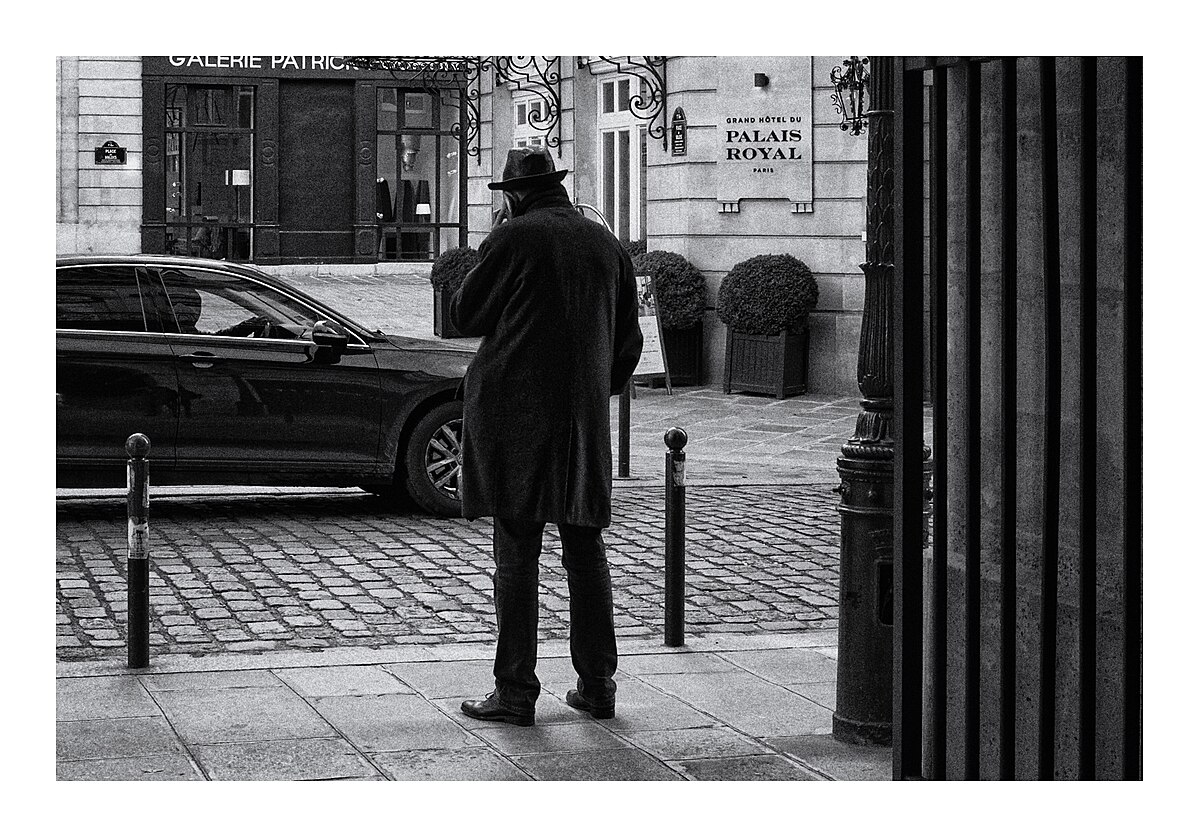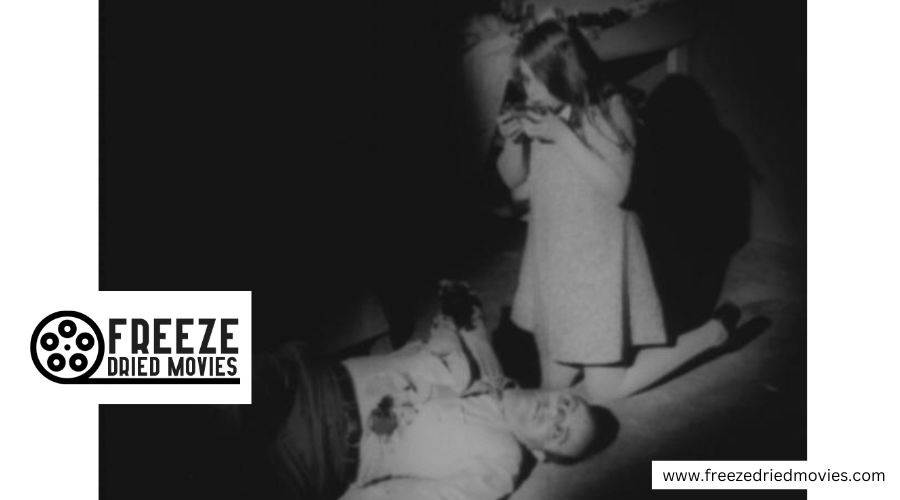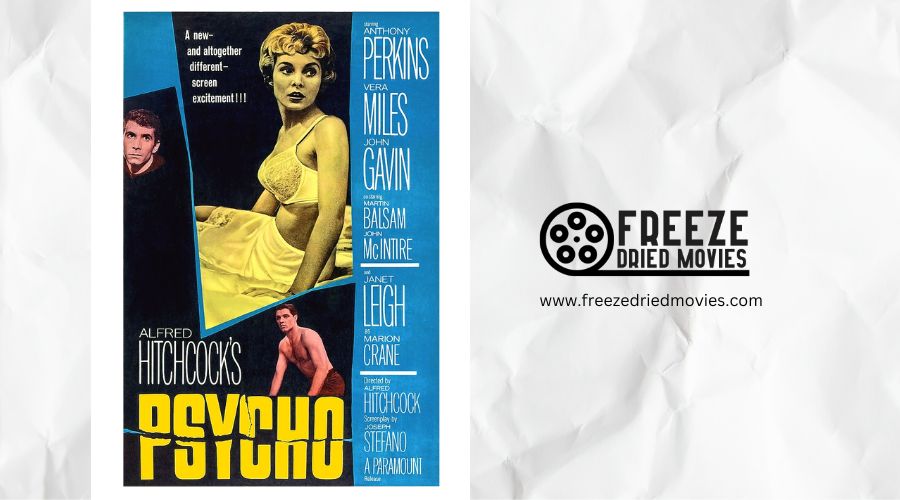Who Is the Father of Film Noir?

While no single director can claim exclusive paternity of film noir, Fritz Lang stands as its most influential architect. His German Expressionist roots, mastery of chiaroscuro lighting, and psychological depth transformed Hollywood cinema after his escape from Nazi Germany. Lang's distinctive visual style and moral complexity in films like "M," "Fury," and "The Big Heat" established noir's essential elements. The full story behind noir's shadowy origins reveals a fascinating artistic confluence worth exploring.
Key Takeaways
- Fritz Lang is often considered the strongest contender for the "father of film noir" title due to his distinctive visual style.
- There is no consensus on a single "father," as scholars recognize noir emerged from multiple artistic influences and historical circumstances.
- Lang brought German Expressionist techniques to Hollywood, establishing core noir visual elements like dramatic shadows and distorted perspectives.
- Other directors with strong claims include Billy Wilder, John Huston, and Orson Welles, all contributing significantly to noir's development.
- The term "film noir" itself was coined by French critic Nino Frank in 1946, well after many foundational noir films were made.
Fritz Lang: The Architect of Darkness
While many directors contributed to film noir's evolution, Fritz Lang stands above all as the true architect of the genre's signature darkness. This Austrian-born visionary brought the German Expressionist movement's aesthetic to Hollywood after fleeing Nazi Germany in 1933, forever transforming American cinema.
Lang's fingerprints are everywhere in film noir's DNA—the stark chiaroscuro lighting and shadowy compositions first seen in "Metropolis" and "M" became genre staples. His Hollywood works like "Fury" and "Scarlet Street" perfected noir's psychological complexity and moral ambiguity, exploring humanity's darker impulses through compromised characters and fatalistic narratives.
Lang's genius lay in visualizing inner turmoil through external environments, creating a cinematic language of shadows that continues influencing filmmakers today. His pioneering use of tilted camera angles created a disorienting world that perfectly captured the existential uncertainty of post-war America.
Defining the Film Noir Genre and Its Visual Language
How does one capture the essence of film noir, a genre that exists more in shadow than light? At its core, film noir represents American film's darker impulses, with its visual style defined by shadows that speak louder than words. The cinema of shadows where darkness tells stories light cannot dare to whisper.
When directors like Fritz Lang brought their expressionist sensibilities to Hollywood, they revolutionized the film industry's approach to darkness—both literal and metaphorical:
- Stark contrast between light and shadow creating visual tension
- Morally ambiguous characters traversing corrupt urban landscapes
- Distorted camera angles that mirror psychological unease
- Deep focus cinematography that reveals the claustrophobic nature of noir worlds
This visual language transcended mere style, becoming the perfect vehicle for post-war cynicism and moral complexity that continues to influence filmmaking today. The genre emerged as a direct reflection of societal disillusionment following World War II, offering audiences a darker, more realistic portrait of American life.

From Vienna to Weimar: Lang's European Artistic Roots
Before Fritz Lang became a defining force in American film noir, his artistic sensibilities were forged in the cultural crucible of early 20th century Europe. Lang was born in Vienna in 1890, where he studied painting and architecture at the Technical University of Vienna before shifting to filmmaking. His early creative efforts included writing plays, but it was in cinema where he found his true voice.
His collaborations with Thea von Harbou proved pivotal, resulting in masterpieces like "Metropolis" and "M" that cemented his place in German Expressionist cinema. These works showcased Lang's distinctive visual style with their stark lighting, complex narratives, and morally ambiguous characters.
This aesthetic approach, developed during the Weimar era, directly influenced the shadowy visual language and psychological depth that would later define film noir. Lang's innovative use of lighting techniques would eventually align with Hollywood's adoption of the Hays Code restrictions, requiring filmmakers to employ creative methods like suggestive dialogue and visual subtext to navigate censorship.
The Exodus to Hollywood: Lang's Journey From Nazi Germany
A fateful meeting with Joseph Goebbels in 1933 forever altered the trajectory of Fritz Lang's career and film history itself. After rejecting Nazi Germany's pressure to create propaganda, Lang fled—first to Paris, then to Hollywood—carrying his German Expressionism influences with him.
When tyranny demanded his artistic surrender, Lang chose exile—and cinema gained its darkest prophet.
His emigration story represents the pivotal transfer of European cinematic sensibilities to American soil. At MGM, Lang's outsider perspective and experiences shaped what would become film noir:
- His mastery of shadow and light created distinctive visual style
- Themes of moral ambiguity reflected his displacement experiences
- Characters trapped by fate mirrored his own refugee journey
- His pessimistic worldview challenged Hollywood's typical optimism
You can trace noir's DNA directly to Lang's exodus—his personal darkness became cinema's most compelling shadow. Lang's emphasis on psychological complexity in his films was fundamental to establishing the depth and introspective nature that would define the film noir genre.
Chiaroscuro and Shadow: Lang's Distinctive Visual Style
Darkness, both literal and metaphorical, defined Fritz Lang's revolutionary visual approach to cinema. You'll notice his signature style immediately when watching his works—dramatic chiaroscuro lighting creates stark contrasts between light and shadow, establishing an atmosphere of unease and psychological tension that would become hallmarks of film noir.
Lang's camera angles aren't merely technical choices but powerful storytelling tools. His low-key lighting and high-contrast compositions frame characters in ways that amplify moral ambiguity and foreboding. This visual language, deeply rooted in German Expressionism, doesn't just enhance his narratives—it transforms them.
The interplay of shadow and light in Lang's work isn't simply aesthetic; it's the visual embodiment of noir's thematic darkness. His distinctive approach to lighting and composition would forever change cinema's visual vocabulary.
The Psychology of Crime: Themes in Lang's Noir Films
While many directors of his era approached crime from a purely narrative perspective, Fritz Lang probed deep into the psychological underpinnings of criminal behavior, transforming what could have been simple thrillers into complex explorations of the human mind.
You'll find Lang's noir films distinguish themselves through their unflinching examination of moral ambiguity and psychological motivations. His expressionistic visuals serve not merely as style but as windows into tortured psyches.
Lang's contributions to the film noir genre include:
- Protagonists caught in fatalistic struggles against forces beyond their control
- Complex criminals driven by understandable, if twisted, motivations
- Authority figures corrupted by power and circumstance
- Characters whose fragile psyches crack under pressure, revealing humanity's darker impulses

Key Works That Shaped the Genre: "M" to "The Big Heat"
Fritz Lang's cinematic journey through noir begins with 1931's groundbreaking "M," where he established visual and thematic elements that would define the genre for decades. In this psychological thriller, you'll recognize his masterful use of shadow and light to explore urban crime's moral complexities.
Lang continued developing film noir with "Fury" (1936), examining mob justice's darkest impulses, and "You Only Live Once" (1937), which introduced the fatalistic protagonist trapped by circumstance—a noir hallmark.
His mastery reached new heights with "The Woman in the Window" (1944) and "Scarlet Street" (1945), both showcasing Lang's visual style and obsession with psychological corruption. "The Big Heat" (1953) represents the culmination of his noir vision, delivering an unflinching look at police corruption and vengeance that still resonates today.
Lang's Legacy on American Cinema and Beyond
The impact of Lang's noir masterpieces extends far beyond the individual films themselves, carving out an indelible mark on American cinema's landscape. As a pioneering master who bridged German Expressionism with American film noir, Lang's distinctive visual style transformed how filmmakers approached storytelling through light, shadow, and moral complexity.
His American films like "Fury" and "The Big Heat" cemented noir's thematic explorations of power, corruption, and justice. Lang's work represents an essential bridge between European artistic traditions and Hollywood's commercial sensibilities. The Cahiers du cinéma critics' reassessment of his work in the 1950s-60s elevated his status in film history. His influence appears in countless modern filmmakers who continue to draw from his psychological depth and visual techniques.
You'll see Lang's fingerprints across genres that extend well beyond noir's traditional boundaries.
Other Contenders for the Title: Competing Perspectives
Beyond Lang's towering shadow, several influential filmmakers have compelling claims to noir's paternity. Billy Wilder's "Double Indemnity" and "Sunset Boulevard" established quintessential noir elements, while John Huston's "The Maltese Falcon" predated most entries, functioning as noir's cinematic blueprint.
You can't overlook Orson Welles, whose innovative visual techniques in "Touch of Evil" and "The Lady from Shanghai" pushed the genre's psychological complexity. Each director brought unique perspectives shaped by German Expressionism and World War II's cultural upheaval.
Some scholars reject the single-father theory entirely, suggesting noir emerged from a convergence of artistic influences and historical circumstances. Meanwhile, French critic Nino Frank's coining of "film noir" in 1946 provided the critical framework through which one comprehends these works today, complicating the paternity question further.
madras91, Like in a film noir (49604653261), CC BY 2.0
Johannes Østby, Film Noir, CC BY-SA 2.0




